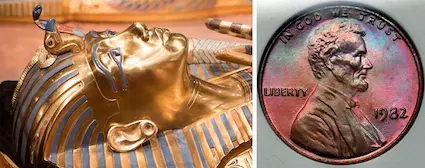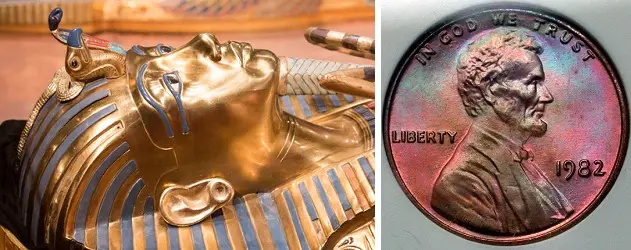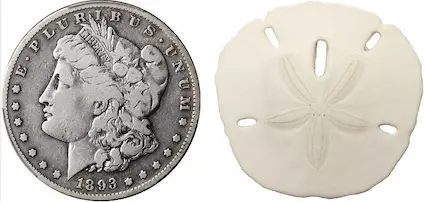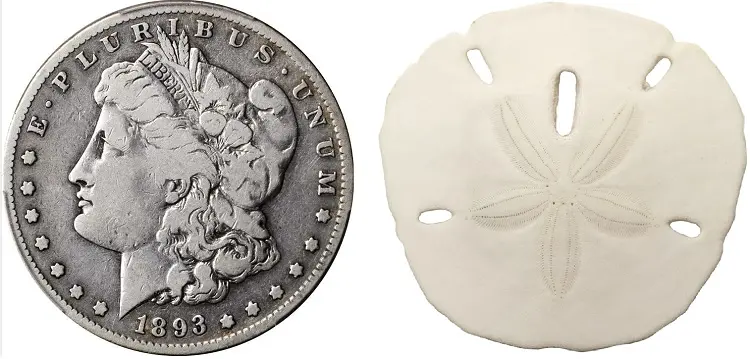What Makes a Coin Valuable?
Many beginners erroneously assume an “old” coin must have some premium value attached to it just because it appears aged. To a 19-year-old, stumbling upon a coin minted more than 40 years ago may seem like an archeological discovery on par with uncovering the tomb of King Tut. Uh, not quite...

Many beginners erroneously assume an “old” coin must have some premium value attached to it just because it appears aged. To a 19-year-old, stumbling upon a coin minted more than 40 years ago may seem like an archeological discovery on par with uncovering the tomb of King Tut. Uh, not quite...

Truthfully, age is one of the least important influences on coin value, but I get queries like this frequently from youngsters and feel like a heel for deflating their spirits. I always try to break the bad news gently, while encouraging them to continue their interest in coins.
This “What Makes a Coin Valuable?” section explains why collectible coins are worth more than their face or melt value. Sometimes a WHOLE LOT more.
It is the Law of Supply & Demand that creates underlying, inherent value in rare coins. We’ll get into the specifics of supply and demand in coin collecting, and how all this all translates into market value. Without these circumstances, the 1893-S Morgan dollar, a true rarity valued in the thousands, could be worth little more than a sand dollar.

Truthfully, age is one of the least important influences on coin value, but I get queries like this frequently from youngsters and feel like a heel for deflating their spirits. I always try to break the bad news gently, while encouraging them to continue their interest in coins.
This “What Makes a Coin Valuable?” section explains why collectible coins are worth more than their face or melt value. Sometimes a WHOLE LOT more.
It is the Law of Supply & Demand that creates underlying, inherent value in rare coins. We’ll get into the specifics of supply and demand in coin collecting, and how all this all translates into market value. Without these circumstances, the 1893-S Morgan dollar, a true rarity valued in the thousands, could be worth little more than a sand dollar.

Taking it a step further, there are people who interpret dynamic market conditions (i.e., supply and demand fluctuations) and regularly report out a ballpark range on what individual collectible coins are selling for. In a way, they are "setting" the current prices of coins based on the latest data. Who does this? How do they do it? You’ll find out.
Will coin collecting thrive in the years ahead? There is some concern the demographics of the collector base does not bode well for the hobby a couple of decades down the road. Why is this conversation about coins being valuable relevant today if nobody is going to care about it someday soon?
At first glance, this may appear to be a valid question. But when all the positive happenings right now in the world of coin collecting are analyzed, it seems more likely we are poised for growth. Perhaps better than ever before. There is much to be optimistic about!
Use the links directly below to navigate the "What Makes a Coin Valuable?" section. Enough talk. Let’s get going…
- Law of Supply & Demand
- Who "Sets" Current Coin Prices?
- Will Coin Collecting Thrive in the Years Ahead?
All the chapters referenced above are accessible from any other chapter in this section. Thus, no need to return to this Introductory page to link to other chapters.
Sources
1. PCGS Coin Facts. 1893-S Morgan dollar.
2. Stack's Bowers Galleries. 1893-S Morgan Silver Dollar. VG-8 (PCGS). Costa Mesa, CA. 2015.

